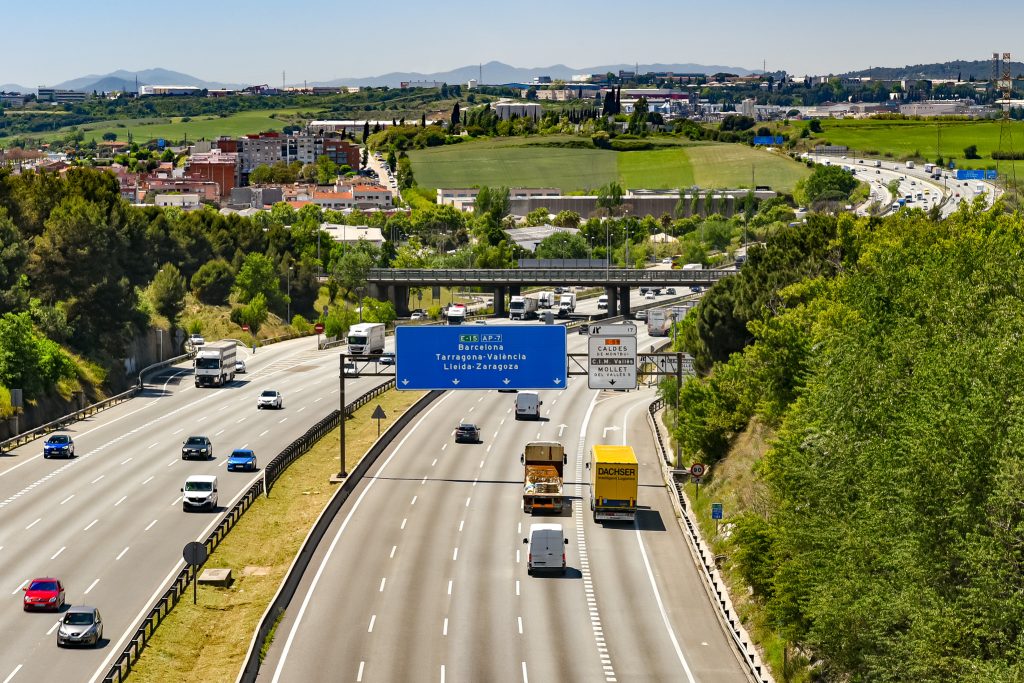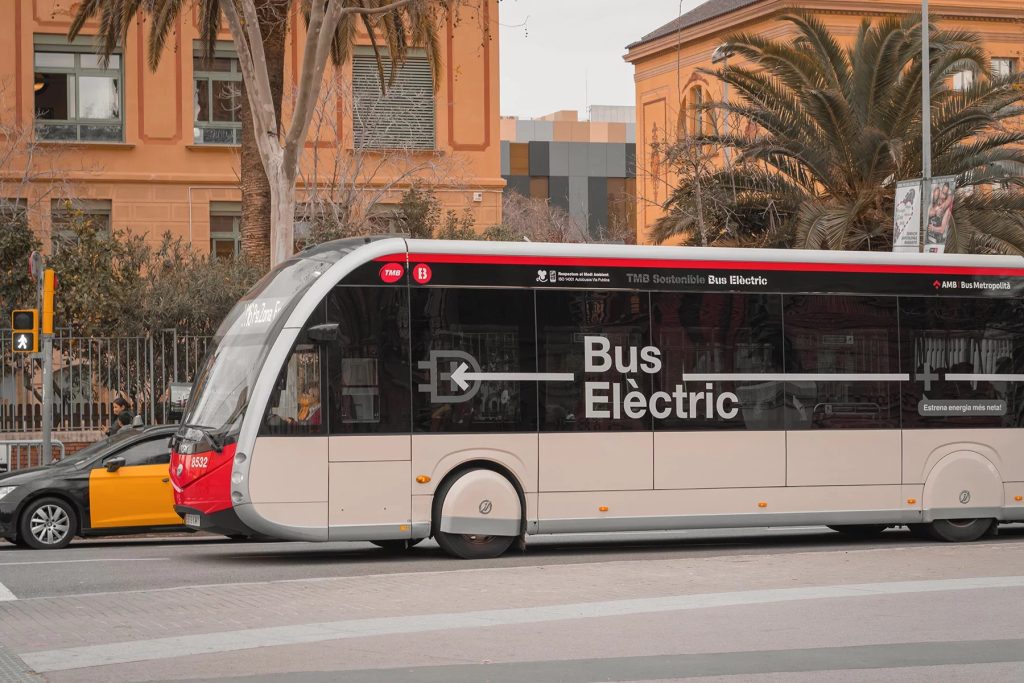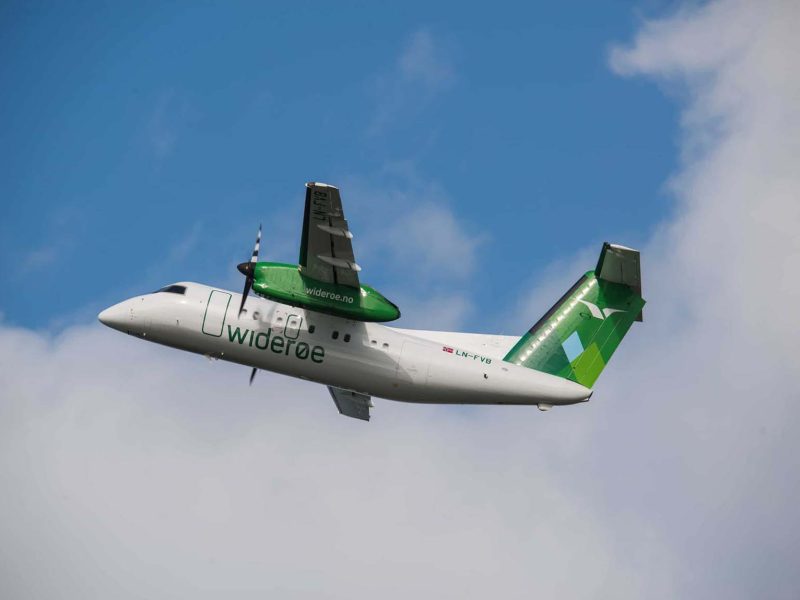I recently embarked on an adventure through the vibrant and diverse landscapes of Spain. One of the key elements of any successful journey is navigating the transportation network of your destination. In this comprehensive guide, I’ll share my experiences and insights into getting around Spain efficiently and affordably.
Exploring Spain by Train: A Journey of Speed and Comfort
Spain’s extensive railway network offers travelers a convenient and efficient way to explore the country’s diverse landscapes and vibrant cities. Renfe, the national railway company, operates a variety of services catering to different travel needs, from high-speed trains to regional and suburban services.
One of the highlights of train travel in Spain is the AVE (Alta Velocidad Española) network, renowned for its high-speed connections between major cities. These sleek and modern trains whisk passengers across the country at speeds of up to 300 km/h (186 mph), reducing travel time and offering a comfortable journey experience.
As I embarked on my journey from Madrid to Barcelona aboard the AVE, I was impressed by the efficiency and convenience of the service. The departure hall at Madrid’s Atocha station buzzed with activity as travelers queued up to board the train, eager to begin their adventure.
Stepping onto the platform, I was greeted by the sight of the sleek AVE train waiting patiently for its passengers. With its aerodynamic design and futuristic appearance, the train exuded an air of sophistication and modernity.
Settling into my spacious seat, I marveled at the amenities on offer. Each carriage was equipped with comfortable seating, ample legroom, and large windows offering panoramic views of the passing countryside. As the train glided smoothly out of the station, I couldn’t help but feel a sense of excitement and anticipation for the journey ahead.
During the journey, I had the opportunity to sample some of the onboard services offered by Renfe. A dedicated catering cart made its way through the train, offering a selection of refreshments and snacks for purchase. I indulged in a cup of freshly brewed coffee and a delicious pastry, savoring the flavors as I watched the world fly by outside.
As the train sped through the Spanish countryside, I was treated to stunning vistas of rolling hills, picturesque villages, and sun-drenched vineyards. The landscape changed rapidly as we traversed different regions, from the arid plains of Castilla-La Mancha to the rugged coastline of Catalonia.
In addition to long-distance services, Renfe also operates regional and suburban trains, providing essential connections to smaller towns and rural areas. These trains offer a more leisurely pace of travel, allowing passengers to explore off-the-beaten-path destinations and discover hidden gems along the way.
Whether you’re traversing the country on the high-speed AVE or meandering through charming villages on a regional train, Spain’s railway network offers a journey of speed, comfort, and discovery. With its efficient service, modern amenities, and stunning scenery, train travel in Spain is an experience not to be missed.
Navigating Spain’s Roadways: The Freedom of Self-Drive Adventures

For travelers seeking the ultimate freedom and flexibility to explore Spain’s diverse landscapes at their own pace, embarking on a self-drive adventure is the perfect choice. With well-maintained roads, scenic routes, and an abundance of picturesque towns and villages to discover, Spain offers endless opportunities for memorable road trips.
Renting a car in Spain is a straightforward process, with numerous rental companies operating at major airports, train stations, and city centers. Before setting off on my road trip, I made sure to research different rental options and compare prices to find the best deal.
Equipped with a reliable GPS navigation system and a sense of adventure, I hit the road, ready to explore the stunning scenery and charming villages that Spain has to offer. One of the highlights of my journey was driving along the Costa Brava, a rugged coastline dotted with hidden coves, sandy beaches, and picturesque fishing villages.
As I navigated winding coastal roads and climbed steep mountain passes, I was rewarded with breathtaking views of the Mediterranean Sea and the rugged landscape of the Catalan countryside. I made frequent stops along the way to soak in the scenery, sample local delicacies, and explore hidden gems off the beaten path.
One of the advantages of traveling by car in Spain is the freedom to customize your itinerary and explore destinations that are not easily accessible by public transportation. From medieval hilltop villages to UNESCO World Heritage sites, the possibilities for exploration are endless.
Throughout my journey, I encountered friendly locals who were eager to share their recommendations for hidden gems and off-the-beaten-path attractions. Whether it was a family-run restaurant serving authentic regional cuisine or a secluded beach known only to locals, these insider tips added an extra layer of magic to my road trip experience.
Of course, driving in a foreign country comes with its own set of challenges, from navigating unfamiliar roads to deciphering traffic signs in a foreign language. However, with careful planning and a sense of adventure, I found that these challenges only added to the excitement of the journey.
Navigating Spain’s Transportation Network: Getting Around Urban Centers
Getting around Spain’s vibrant urban centers is a breeze, thanks to the country’s efficient and extensive transportation network. Whether you’re exploring the bustling streets of Madrid, the historic neighborhoods of Barcelona, or the charming squares of Seville, there are plenty of convenient options to help you navigate the city with ease.
Metro Systems
Spain’s major cities are equipped with comprehensive metro systems that provide quick and reliable transportation throughout the urban area. In Madrid, the Metro de Madrid boasts one of the largest metro networks in Europe, with over 300 stations serving all corners of the city. Similarly, Barcelona’s Metro offers extensive coverage, connecting popular tourist attractions, neighborhoods, and business districts. With frequent trains and easy-to-navigate routes, the metro is a convenient and affordable way to get around urban centers in Spain.
Bus Networks

In addition to the metro, Spain’s cities are serviced by an extensive network of buses that complement the underground transportation system. Buses offer greater flexibility and accessibility, reaching areas not covered by the metro and providing connections to outlying neighborhoods and suburbs. Many cities, including Madrid and Barcelona, operate night bus services that run throughout the night, ensuring that travelers can get home safely after a night out or catch an early-morning flight.
Tramways
Several Spanish cities, such as Valencia and Zaragoza, feature modern tramway systems that provide convenient transportation within the urban center. Trams offer a comfortable and scenic way to explore the city, with routes that pass through historic districts, waterfronts, and cultural landmarks. In Valencia, for example, the Tranvía de Valencia connects the city center with popular attractions like the City of Arts and Sciences and the beachfront promenade, making it easy for visitors to hop on and off as they please.
Bicycle Rentals
For those who prefer to explore the city at a leisurely pace, bicycle rentals are a popular option in many Spanish urban centers. Cities like Barcelona and Seville offer extensive bike-sharing programs, with designated bike lanes and cycling routes that make it safe and convenient to pedal around town. Renting a bike allows you to explore hidden gems, picturesque parks, and charming neighborhoods at your own pace, while also enjoying the fresh air and exercise.
Ride-Sharing Services
In recent years, ride-sharing services like Uber and Cabify have become increasingly popular in Spanish cities, offering travelers a convenient alternative to traditional taxis. These app-based services allow you to hail a ride with just a few taps on your smartphone, providing door-to-door transportation without the need to wait at a taxi rank or navigate public transportation. While slightly more expensive than public transit, ride-sharing services offer added convenience and comfort, especially for travelers with luggage or in need of a quick ride.
Walking
Last but not least, one of the best ways to experience Spain’s urban centers is on foot. Many cities are compact and pedestrian-friendly, with narrow cobblestone streets, bustling plazas, and hidden alleyways waiting to be discovered. Walking not only allows you to soak up the atmosphere and ambiance of the city but also provides the opportunity to stumble upon hidden gems, local cafes, and street performers that you might otherwise miss. Plus, it’s a great way to stay active and burn off those extra calories from indulging in Spain’s delicious cuisine!
Getting around urban centers in Spain is a breeze, thanks to the diverse range of transportation options available. Whether you prefer the speed and efficiency of the metro, the flexibility of buses and trams, or the freedom of cycling and walking, there’s something for everyone to enjoy as they explore Spain’s vibrant cities.
While navigating Spain’s transportation network, it’s essential to keep a few tips in mind to ensure a smooth and enjoyable journey. Firstly, it’s advisable to purchase tickets in advance, especially for long-distance trains and flights, to secure the best fares and seating options.
Additionally, familiarize yourself with local customs and etiquette, particularly when using public transportation. Be respectful of other passengers, offer your seat to those in need, and keep your belongings secure at all times.
Navigating Spain’s transportation network is an integral part of any traveler’s experience in this vibrant and diverse country. Whether you’re exploring ancient cities, picturesque villages, or breathtaking landscapes, Spain offers a range of transportation options to suit every itinerary and budget. By planning ahead and embracing local modes of transport, you’ll be well-equipped to embark on an unforgettable journey through the heart of Spain.




